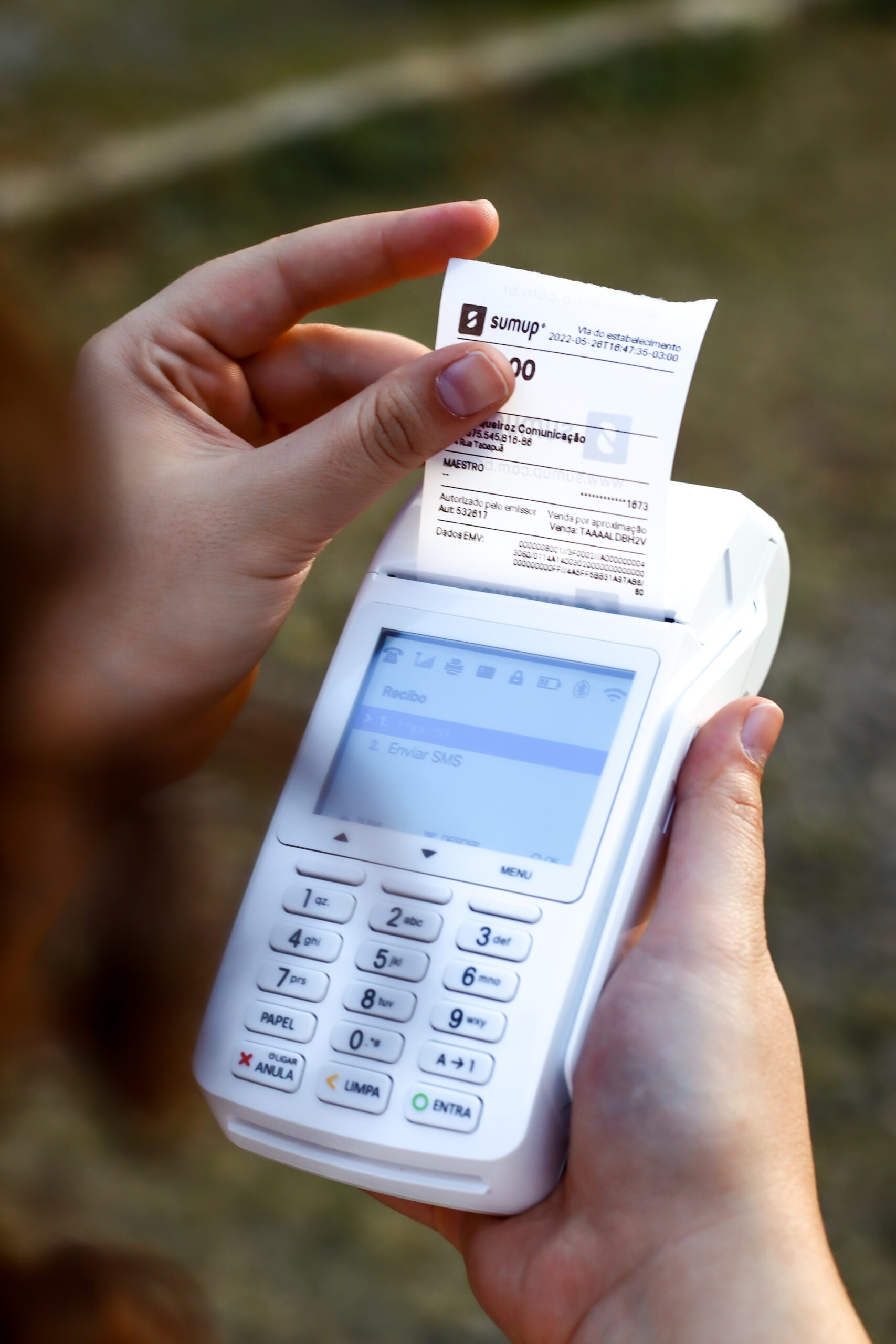Charging Value Added Tax (VAT) to customers or businesses in the UK involves adding the appropriate VAT amount to the selling price of goods or services. As a VAT-registered business, you are responsible for collecting VAT on behalf of HM Revenue & Customs (HMRC) and remitting it to the tax authorities. Here’s a step-by-step guide on how to charge VAT to customers or businesses in the UK:
Register for VAT:
Before you can charge VAT, you must be a VAT-registered business. If your taxable turnover exceeds the VAT registration threshold (as of my last update in September 2021, the threshold was £85,000), you are required to register for VAT with HMRC.
Determine VAT Rates:
Identify the appropriate VAT rates for the goods or services you are selling. In the UK, there are three main VAT rates:
- Standard rate (currently 20% as of my last update).
- Reduced rate (currently 5% as of my last update) for specific goods and services, such as children’s car seats and domestic energy.
- Zero rate (0%) for certain essential goods and services, such as most food, children’s clothing, books, and newspapers.
Determine the Selling Price:
Calculate the selling price of your goods or services before VAT. This is the price you would charge if VAT were not applicable.
Calculate VAT:
Determine the VAT amount to be added to the selling price. To calculate VAT, multiply the selling price by the applicable VAT rate. For example, if the standard VAT rate is 20%, and your selling price is £100, the VAT amount would be £100 x 0.20 = £20.
Display VAT Separately:
Display the VAT amount separately on your invoices and receipts. This helps your customers see the VAT charge clearly.
Issue VAT Invoices:
For each transaction, issue a valid VAT invoice to your customers. A VAT invoice must contain specific details, including your business name, address, and VAT registration number, the date of supply, a unique invoice number, a description of the goods or services, the total amount payable, and the amount of VAT charged.
Ensure VAT Compliance:
Comply with all VAT regulations, including keeping accurate records of your sales and purchases, maintaining proper VAT invoices and receipts, and submitting your VAT returns on time.
Report and Remit VAT:
On your VAT return, report the total amount of VAT charged on sales (output VAT) and the total amount of VAT you have paid on business expenses (input VAT). The difference between output VAT and input VAT is the net amount you owe to HMRC (or the amount they owe to you if your input VAT exceeds your output VAT).
Pay VAT to HMRC:
If your output VAT exceeds your input VAT, you will need to pay the net VAT amount to HMRC. This is typically done when you submit your VAT return. If your input VAT exceeds your output VAT, you can reclaim the excess VAT from HMRC, and it will be offset against future VAT liabilities.

This page is not actively updated, some information may be out of date and should not be used for professional advice.
